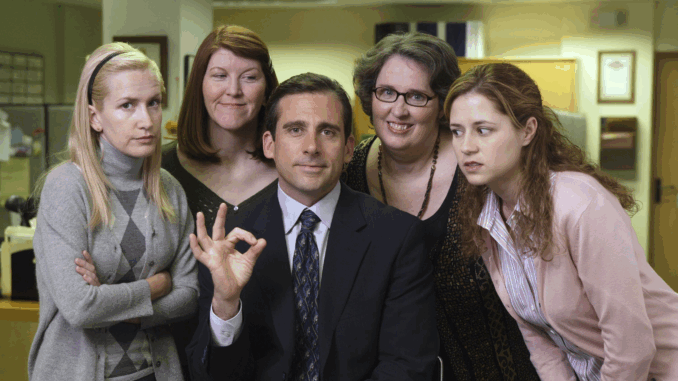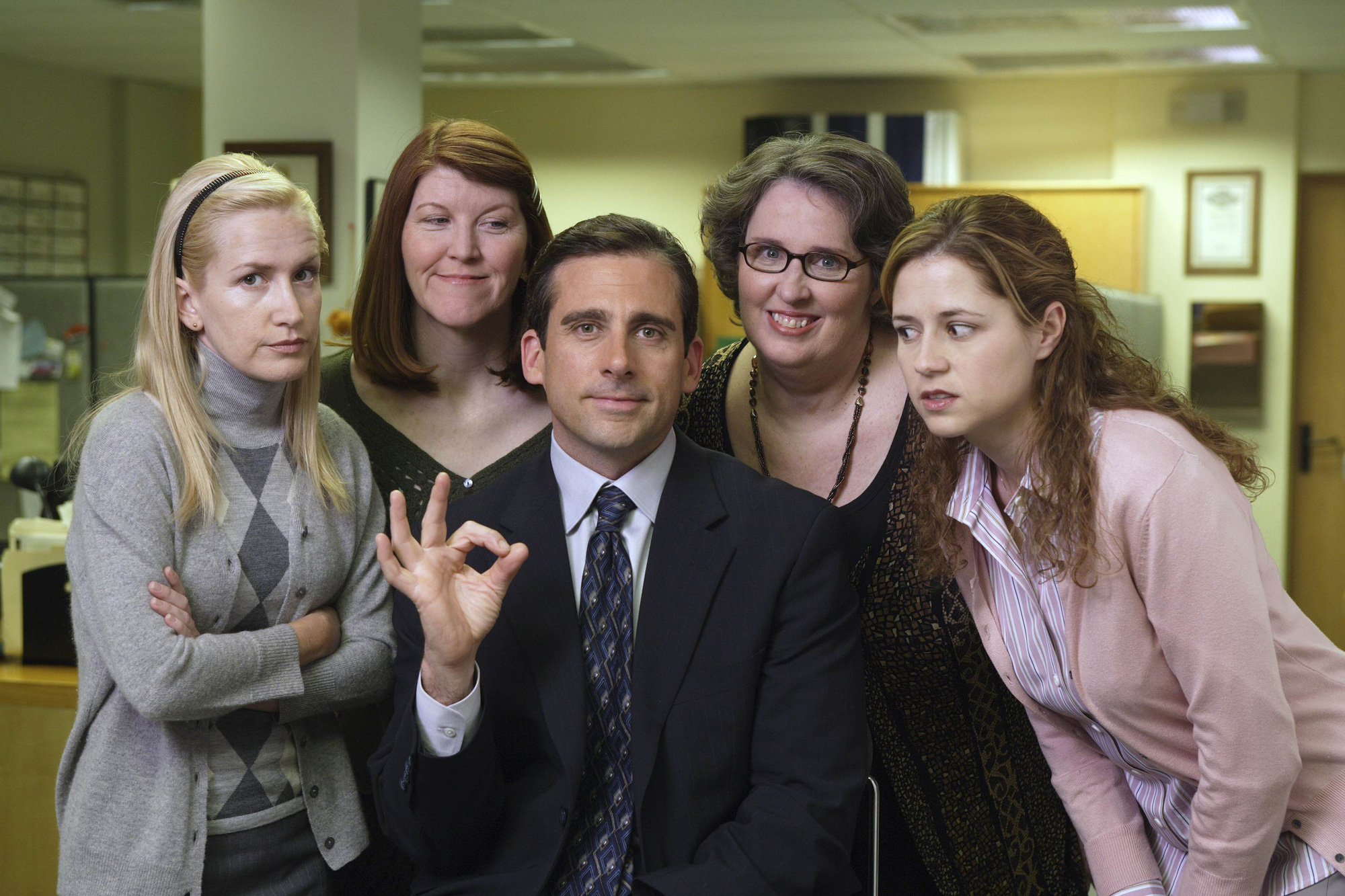
The Office premiered in 2005 as the first American adaptation of Ricky Gervais’ British series, quickly becoming one of the most beloved sitcoms of all time. While its later seasons are celebrated for sharp humor and memorable storylines, a rewatch of season 1 highlights some of the show’s early growing pains, awkward moments, and questionable character dynamics.
Problematic Storylines and Cringe-Worthy Moments
One of the most controversial episodes of season 1 is “Hot Girl”, which introduced Amy Adams as Katy, a traveling handbag saleswoman. Michael Scott’s immediate interest in her sparks attention from several male employees, resulting in awkward and inappropriate discussions about who is more attractive — Katy or Pam. Most men in the office attempt to flirt with her, creating an uncomfortable environment.
The irony is that Katy’s role is purely to create friction between Jim and Pam, yet she faces unnecessary harassment while simply trying to do her job. Jim, the only employee who resists participating, eventually forms a genuine connection with Katy, highlighting the episode’s problematic treatment of her character.
Dwight vs. Jim: Competitive Tensions
Season 1’s “Diversity Day” also showcases early workplace tensions. Jim attempts to secure a contract with a client, but Dwight undercuts him due to Michael’s chaotic seminar. Although the scenario demonstrates Dwight’s competitive nature, it unfairly frames him in a negative light, despite his efficiency. Sales at Dunder Mifflin was highly competitive, and while audiences sympathized with Jim, Dwight’s competence was often overshadowed by narrative bias.
Michael Scott’s Mismanagement
Michael Scott, portrayed by Steve Carell, quickly establishes himself as an inept and insensitive boss. The episode “Basketball” epitomizes this: Michael forces office staff to compete in basketball games to avoid working over the weekend, relying on stereotypes and making inappropriate assumptions about his employees’ abilities. Stanley’s skill is assumed based on race, Phyllis is initially barred from playing, and Pam is objectified. Michael’s attempt to project authority and hide embarrassment further highlights his unprofessionalism, reinforcing why he would have been an unfit manager in a real office.
Toby’s Role and HR Oversight
Toby Flenderson, played by Paul Lieberstein, is relatively quiet in season 1, despite being Dunder Mifflin’s HR representative. While he later becomes a foil to Michael’s absurdity, in season 1 he fails to prevent or correct many of Michael’s offensive antics, particularly during “Diversity Day.” This early passivity contrasts with Toby’s later attempts to rein in Michael, showing how his character evolved throughout the series.
Other Key Dynamics
-
Roy vs. Jim: Roy’s frustration with Jim and Pam’s closeness in “The Alliance” is largely justified, as Jim’s physical interactions with Pam could reasonably appear inappropriate. Season 1 captures these early tensions before relationships and character development deepen.
-
UK Influence: Many season 1 episodes, including “Pilot” and “Diversity Day,” borrow plotlines from the UK version, such as workplace downsizing and managerial missteps, while incorporating unique American elements to create its own identity.
 Why Season 1 Matters
Why Season 1 Matters
Despite its flaws, season 1 of The Office laid the groundwork for the show’s long-term success. It introduced iconic characters like Michael Scott, Dwight Schrute, Jim Halpert, and Pam Beesly, setting up dynamics that would define the series. Episodes like “Health Care” and “The Alliance” offered glimpses of the humor and heart that would later flourish. Though short with only six episodes, season 1 created enough buzz to secure renewal and cement the show’s legacy.
